 Last weekend, 39 Spicewood chess club members attended the Kealing Middle School chess tournament. The tournament consisted of 5 rounds of games each worth 1 point. In total, our kids scored a total of 91.5 out of a possible 189 points. (48%)
Last weekend, 39 Spicewood chess club members attended the Kealing Middle School chess tournament. The tournament consisted of 5 rounds of games each worth 1 point. In total, our kids scored a total of 91.5 out of a possible 189 points. (48%)
Overall, our team won a team trophy in all 6 sections we participated in! 1st place in sections K-3 U300 and K-5 U500. 2nd place in sections K-3 U500, K-5 U800 and K-5 Any. 3rd place in section K-3 U800. Really a great job by everyone.
Six Spicewood students received trophies for scoring in the top percentile of their groups: Murtaza Sanjeliwala (4th place in K-3 U300), Yifan Qiu (1st place in K-5 U500), Alexander Ho (2nd place in K-5 U500), Noah Greep (3rd place in K-5 U500), Kavin Thiyagarajan (4th place in K-5 U500) and Annika Shivam (6th place in K-5 U800).
Nine Spicewood students received medals for scoring in the second percentile of their groups: Isaac Zhang, Alice Zhang, Sean Toeh, Rounav Sur, Benjamin Sloma, Niko McMullen, Ivan Leong, David Li and Aryan Punalekar.
Congratulations to all of the participants. Each will receive special commemorative $5 Chess bucks for participation shown in the photos below. On one side, it shows a photo of Hightower Theodore Kealing who was an African-American educator, writer, editor and activist in Austin in the 19th century. Kealing Middle school is named after him. One the other side of the Chess buck is an image of Kealing Middle school’s mascot, the hornets.


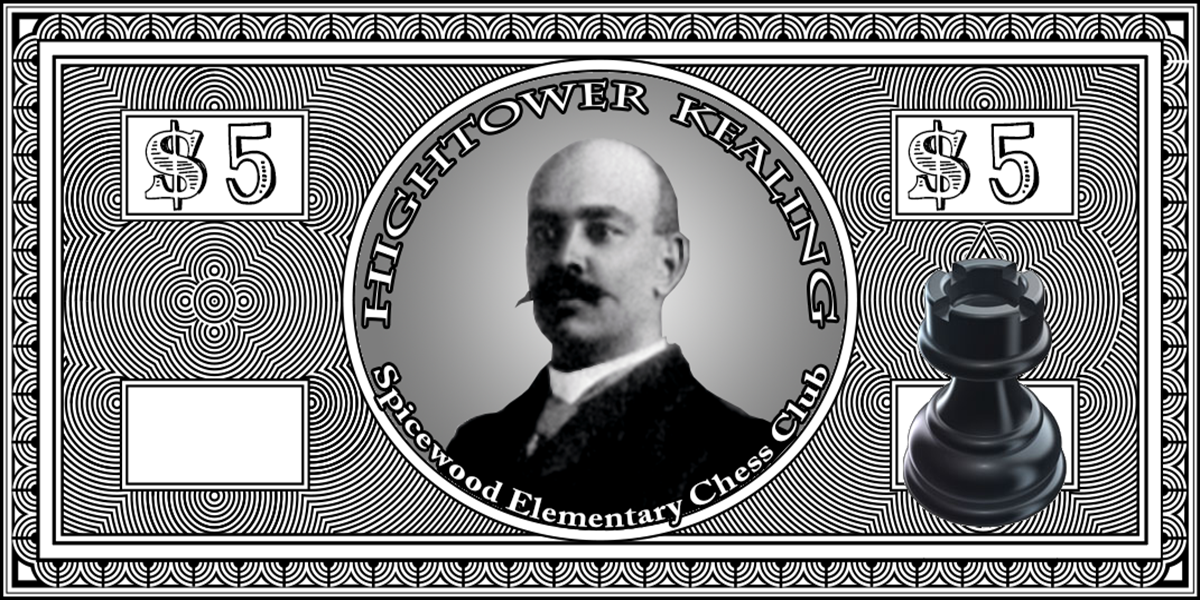










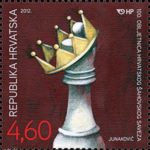

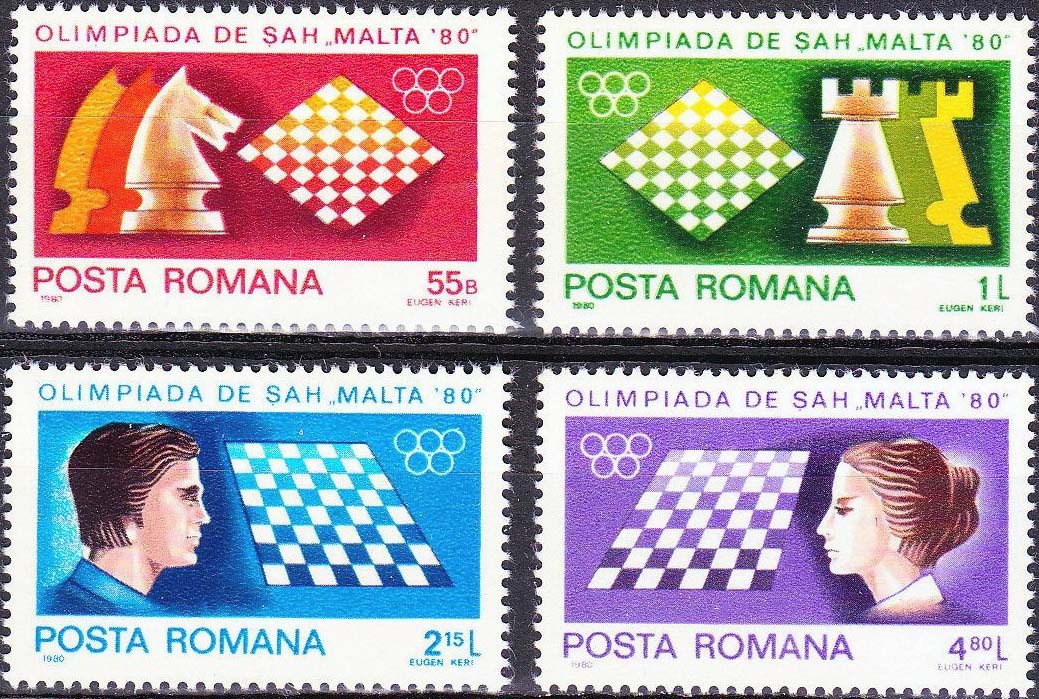
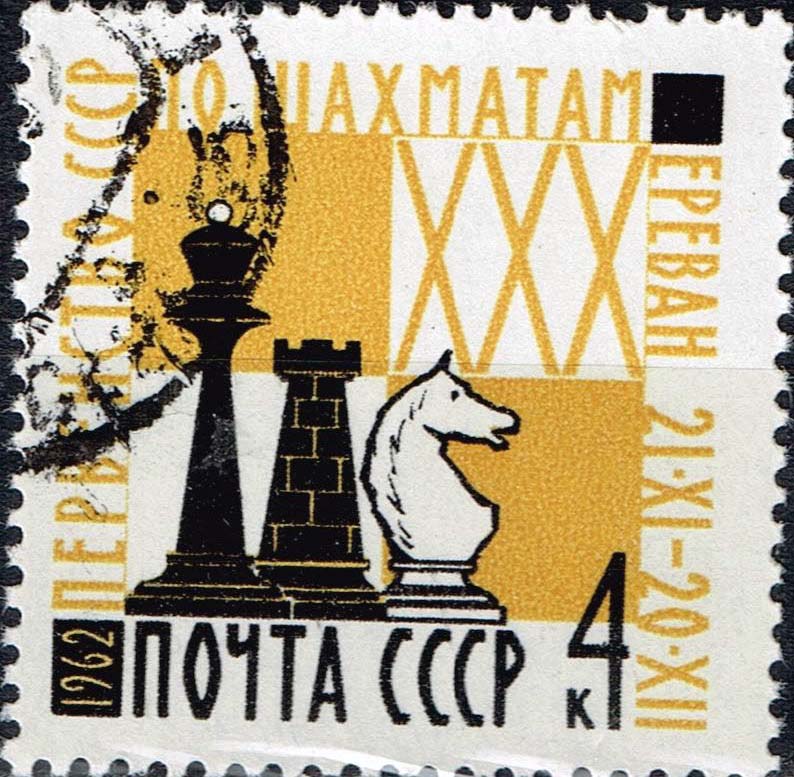

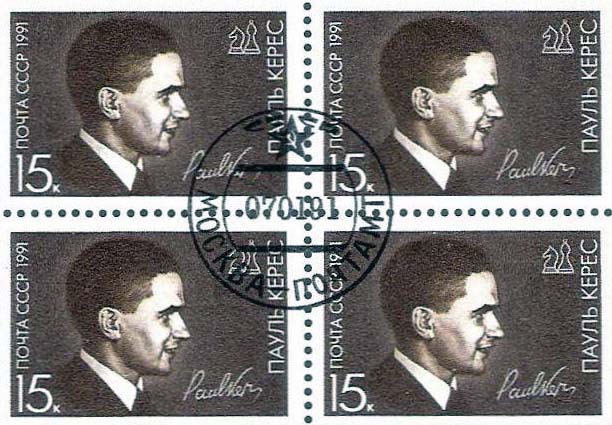
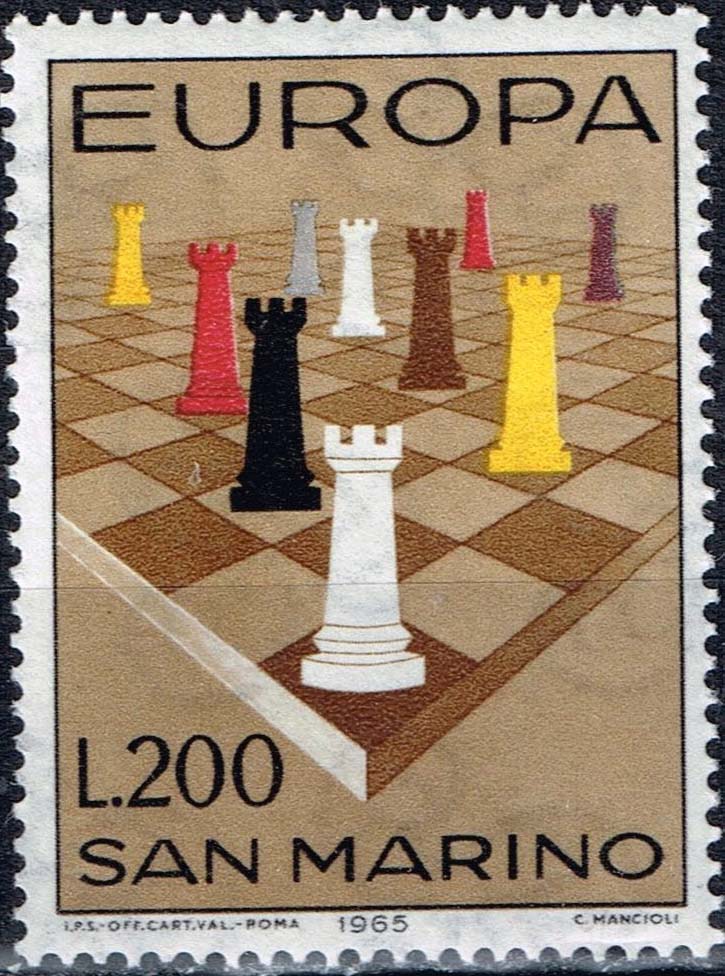
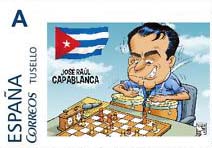
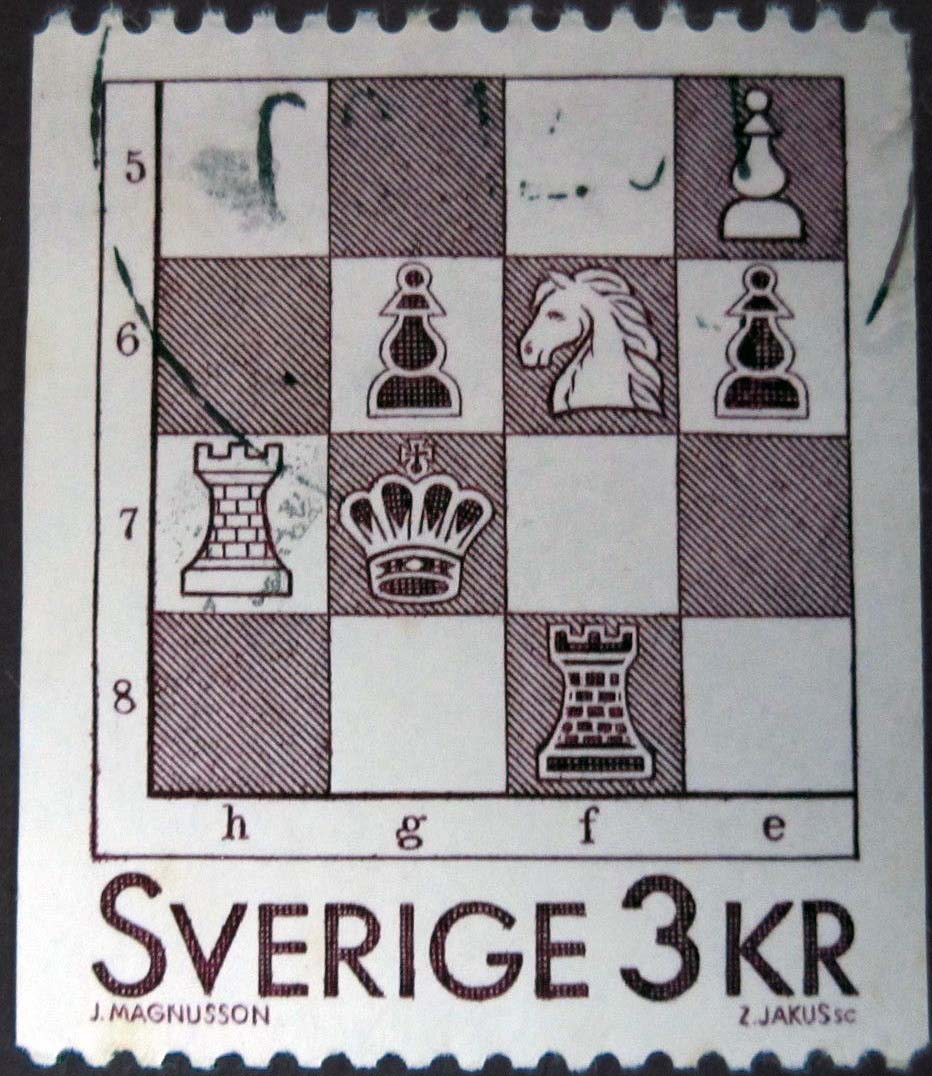

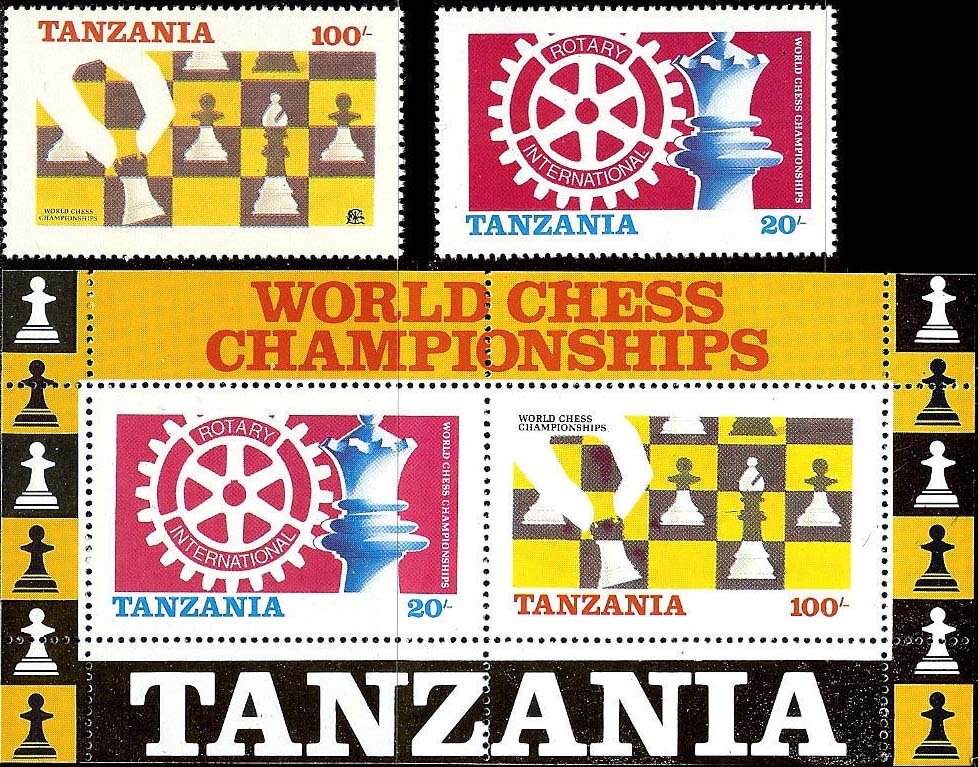

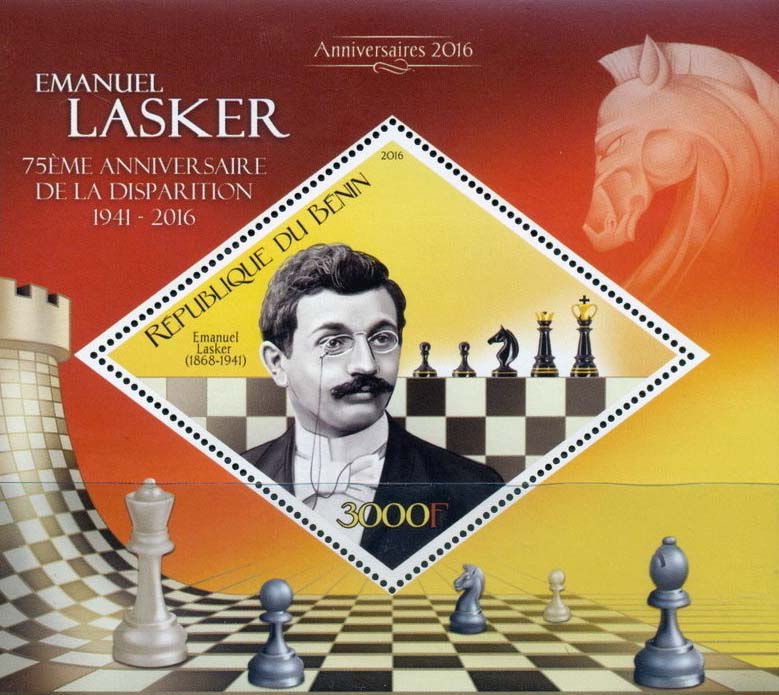
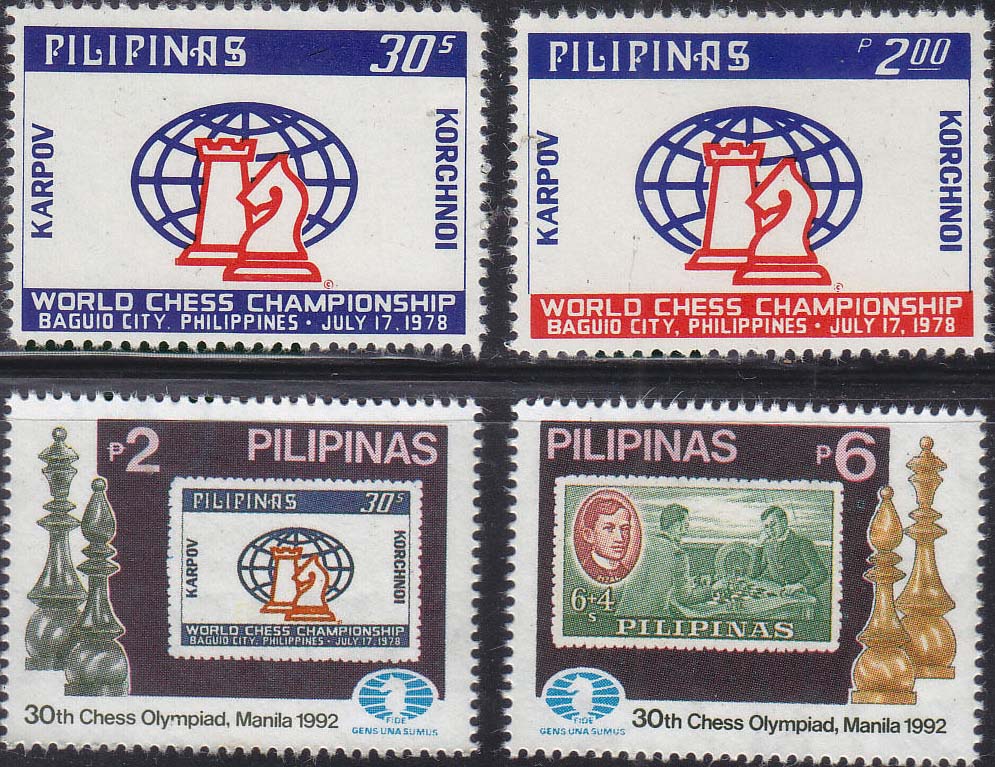
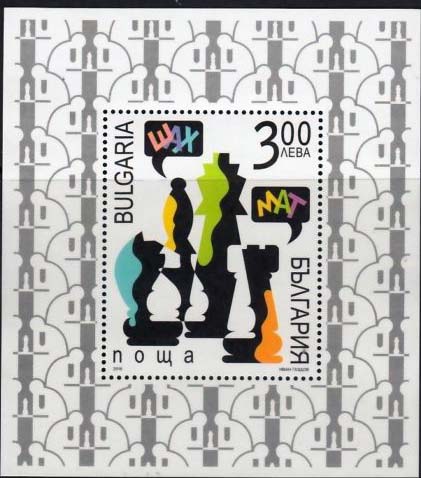


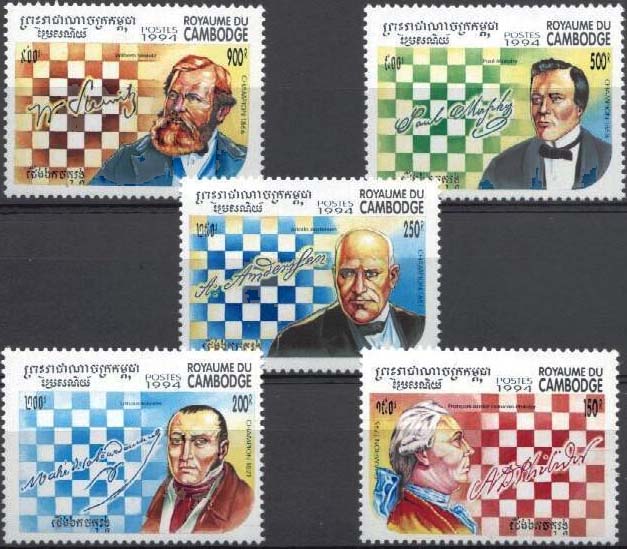
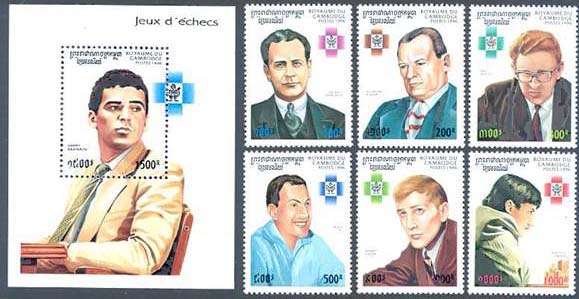
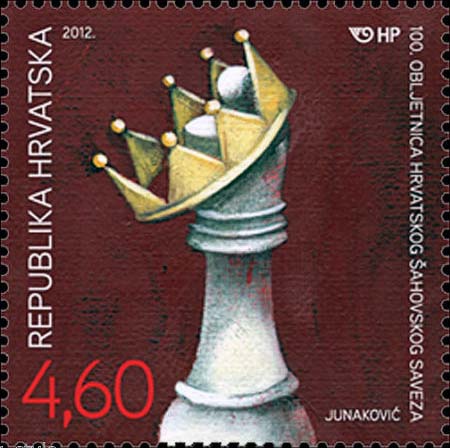

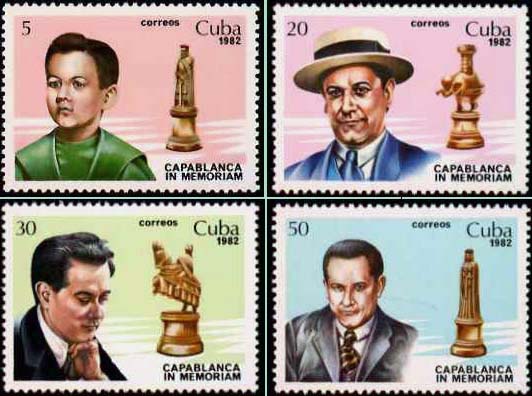
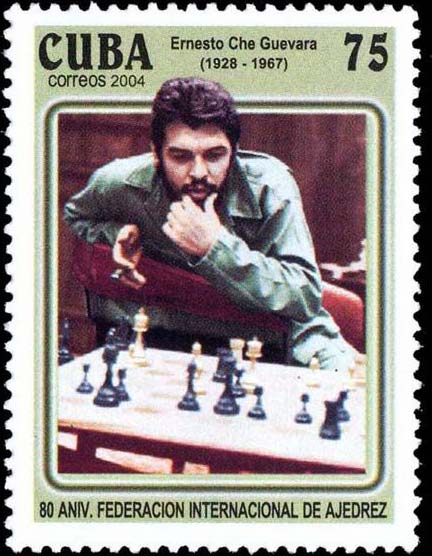
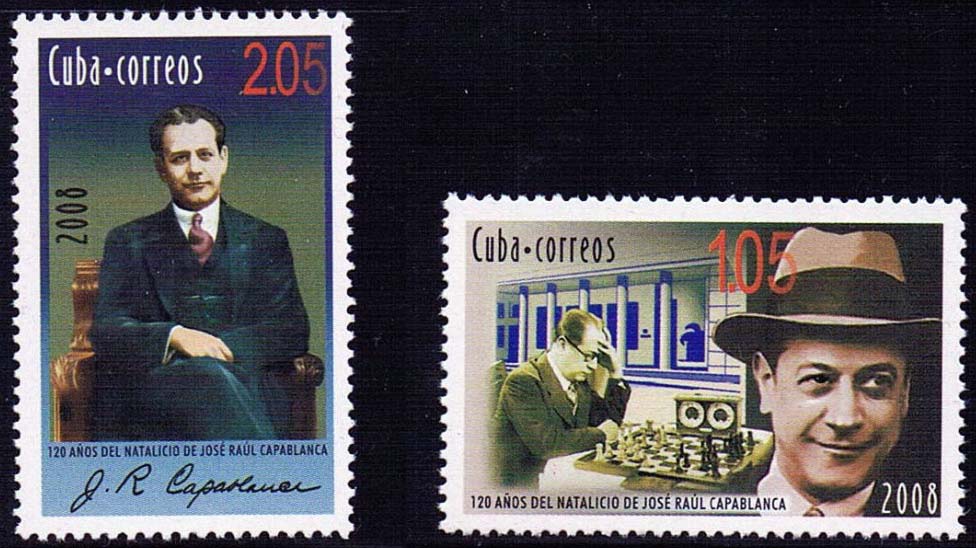
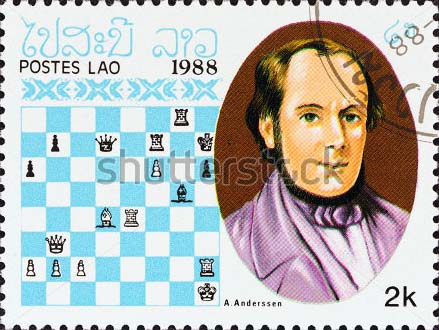
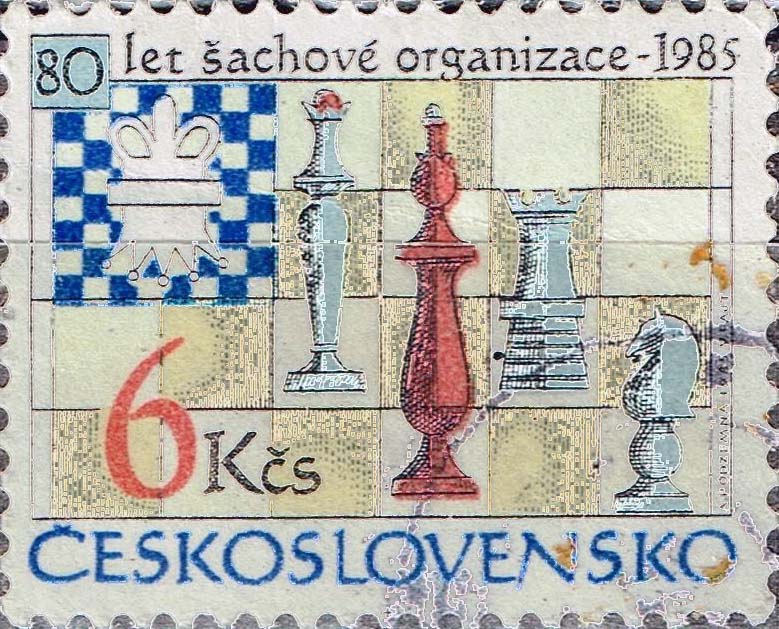
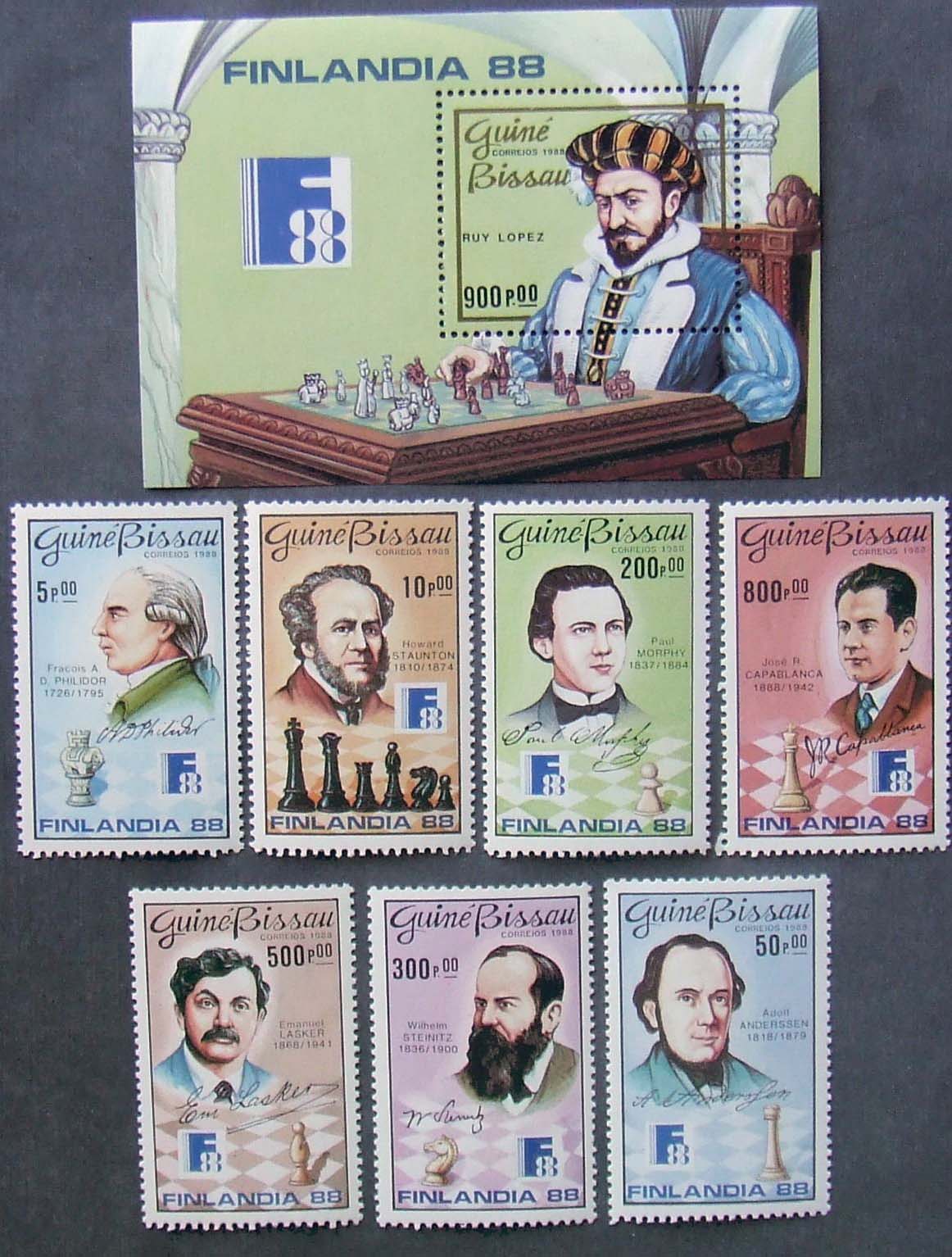
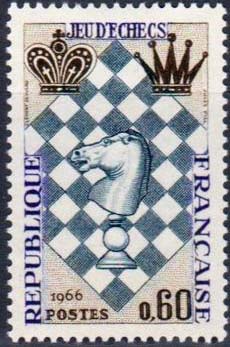

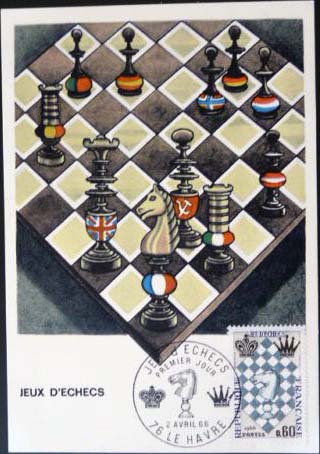
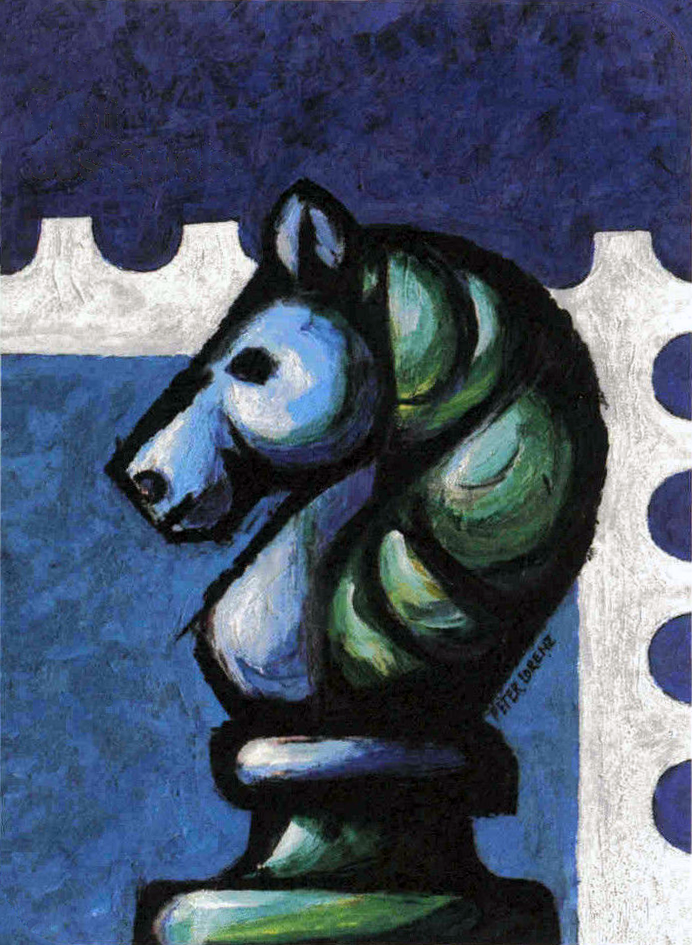

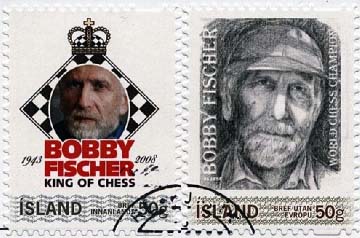
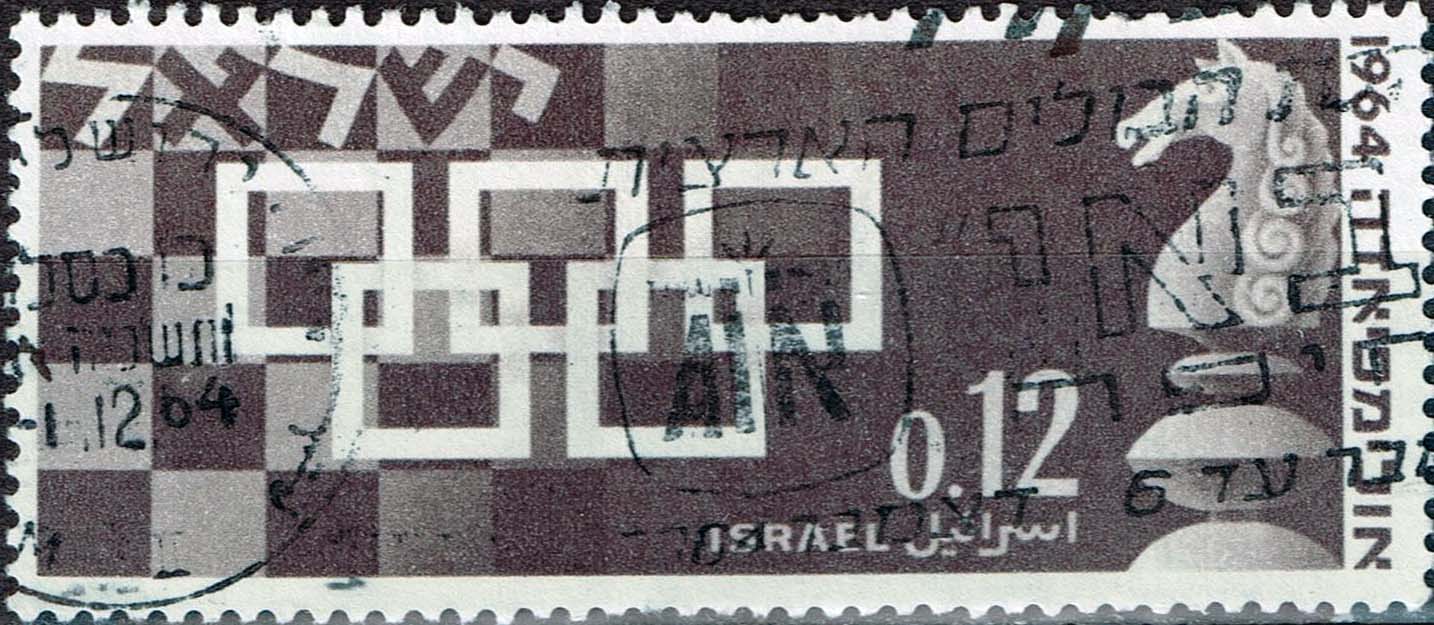

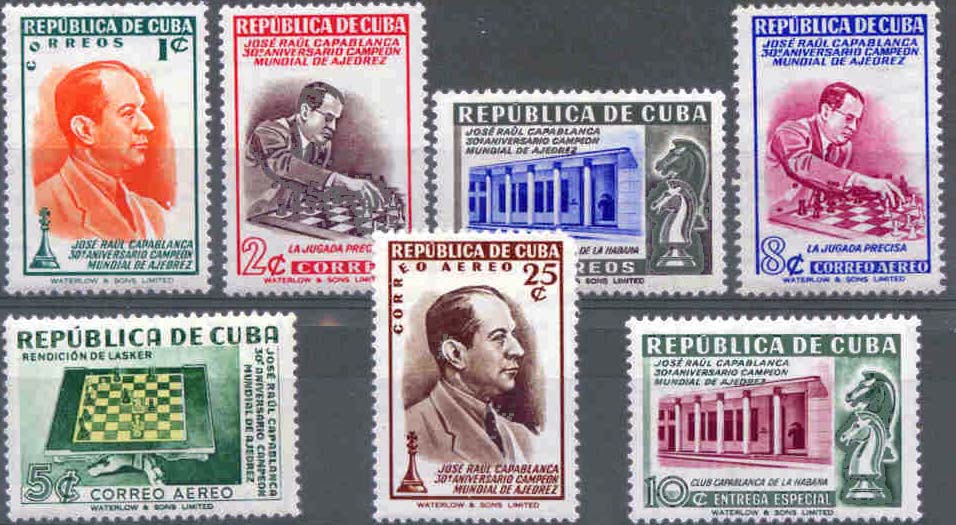
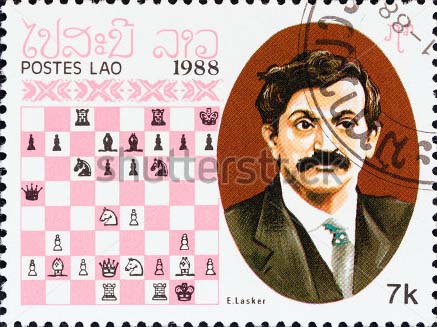


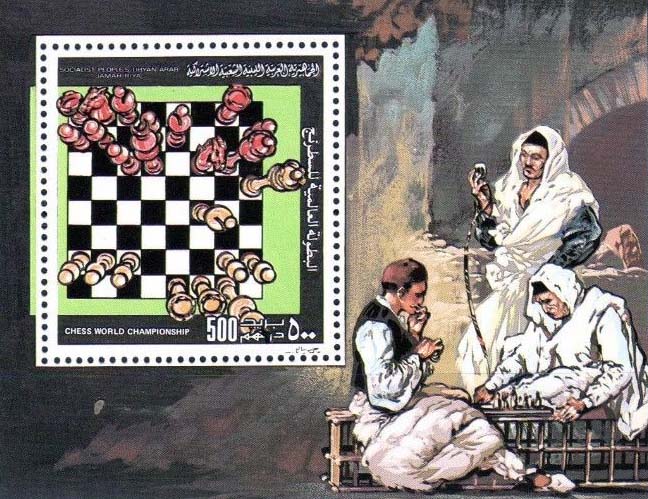
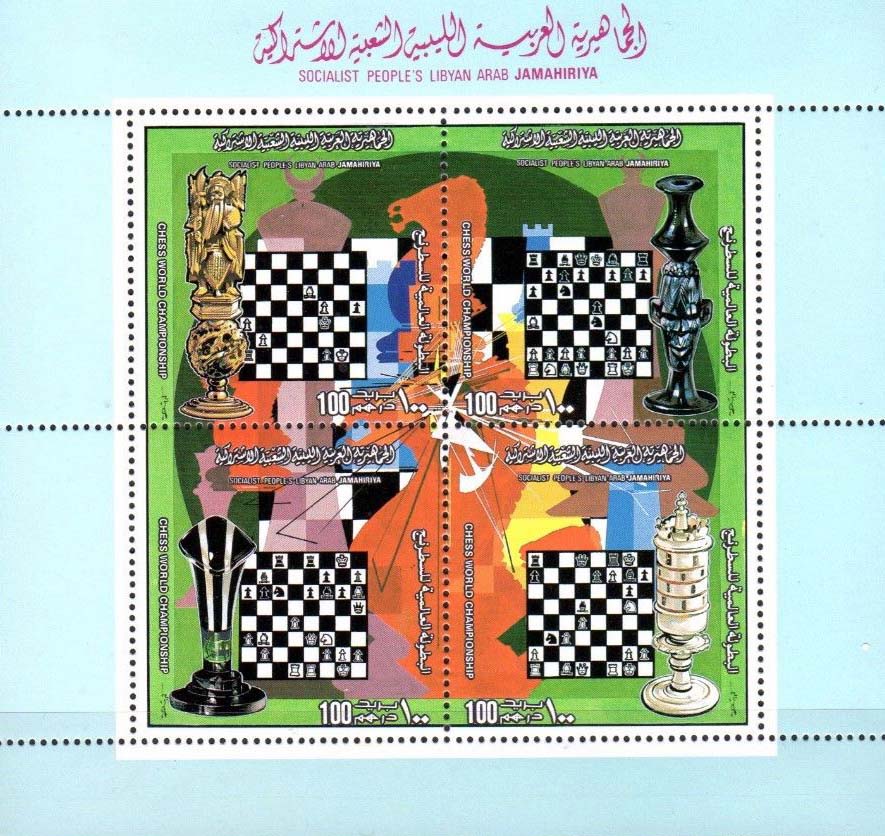
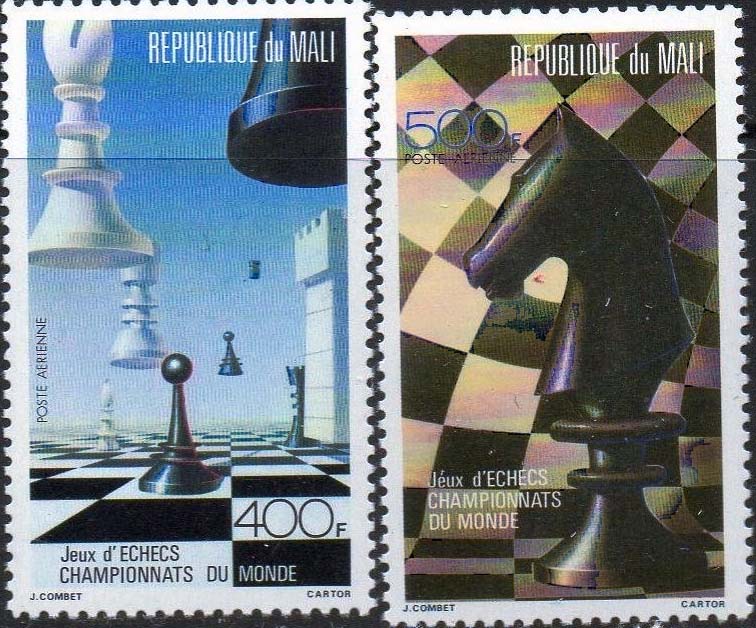
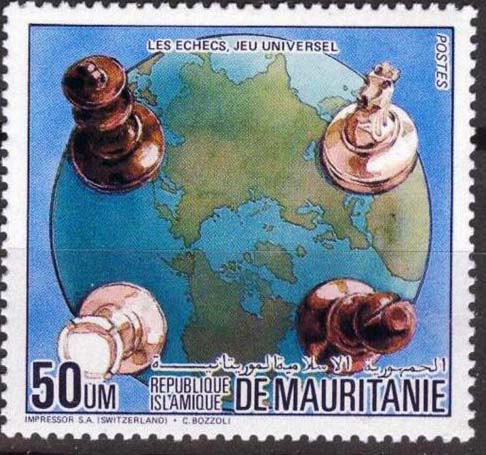
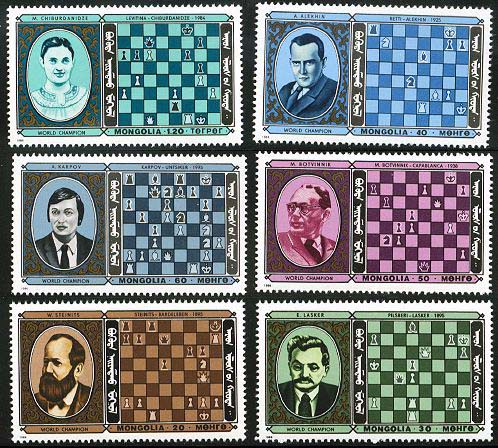
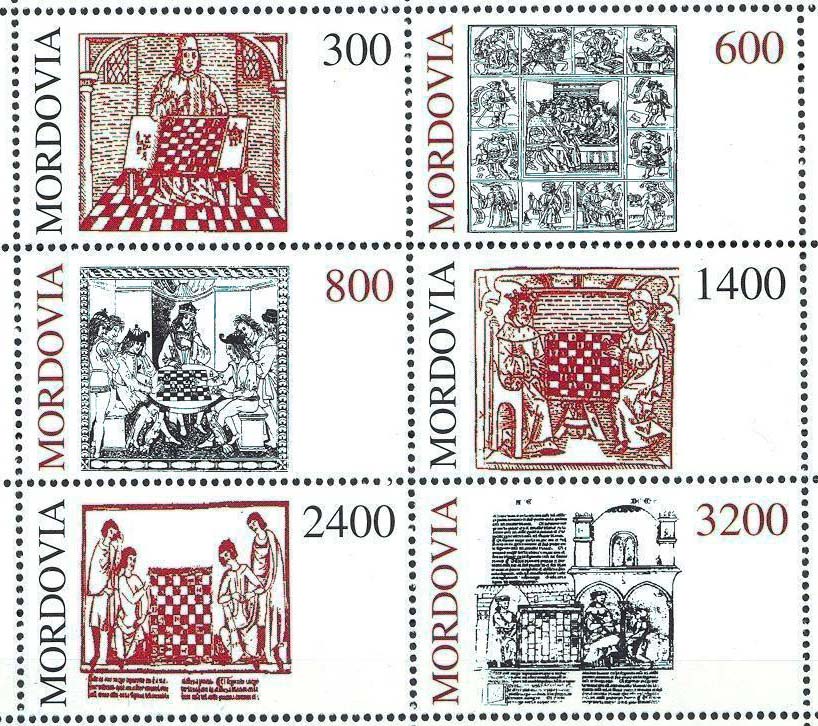
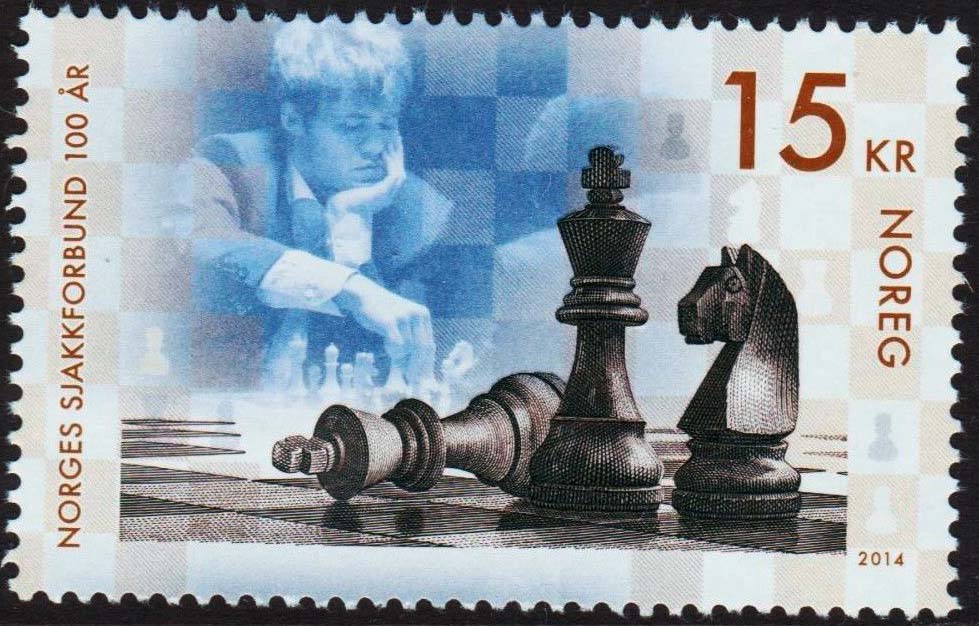
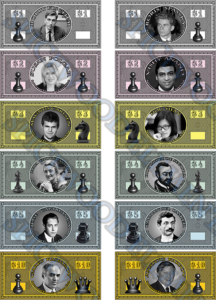
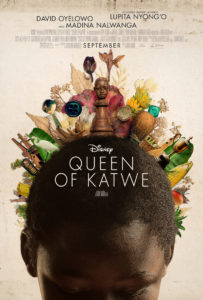

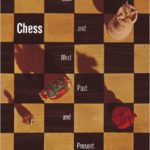

You must be logged in to post a comment.